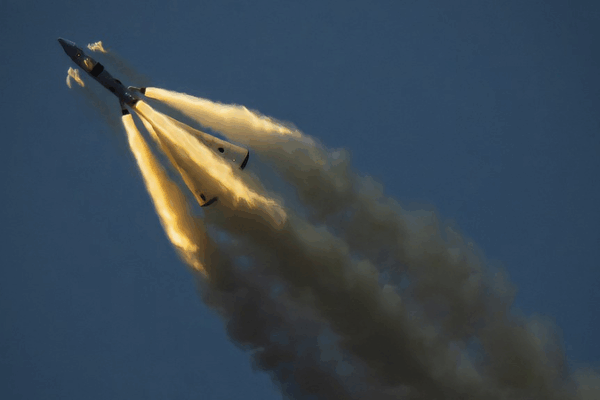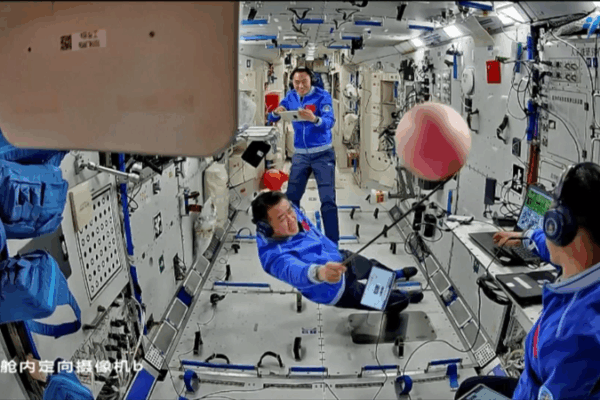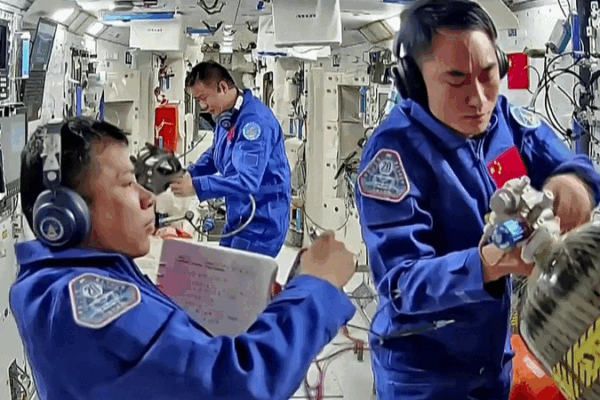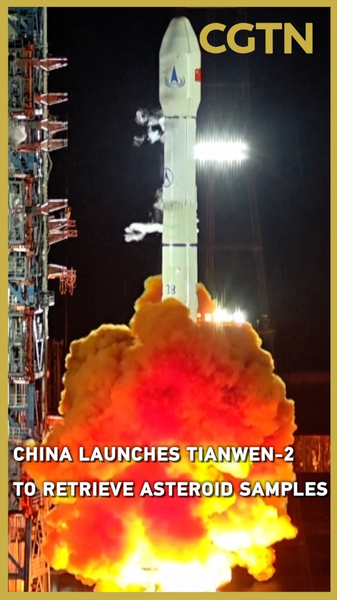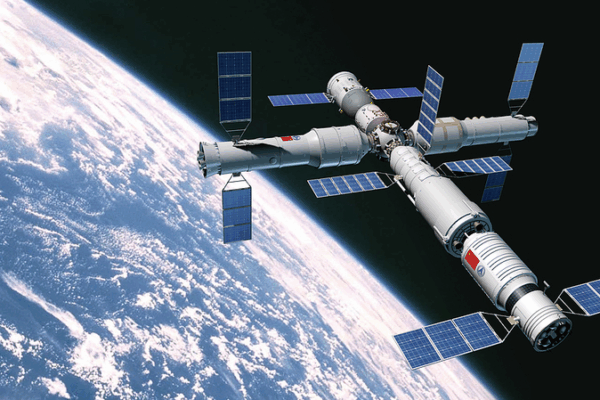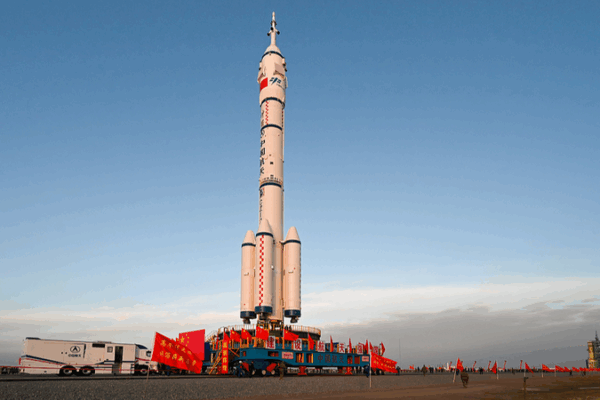
Shenzhou-20 Astronauts Complete Second Spacewalk on Chinese Orbital Station
Shenzhou-20 astronauts Chen Dong, Chen Zhongrui and Wang Jie wrapped up a 6.5-hour second spacewalk at 9:29 p.m. Beijing Time, installing debris protection and adapters to speed up future EVAs.
